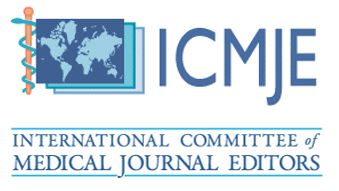Mucormycosis Involving Maxillary Sinus: A Case Report
Mucormycosis is the third most common fungal infection after candidiasis and aspergillosis.2 Furthermore, rhino cerebral type is the most common form of mucormycosis, followed by cutaneous, gastrointestinal, pulmonary and disseminated form.3 The fatality of mucormycosis explain its angio invasive nature, which allows deep penetration through perivascular channels attributing to necrosis and bone destruction and disseminating to orbital and intracranial structure, furthermore, complicating with cavernous sinus involvement and cerebral abscess and infracts. 4-5 A sixty-two years old female reported to the hospital with unilateral pain and swelling on right side of face. The patient had medical history of diabetes and on regular oral hypoglycemic medication. She was diagnosed COVID -19 positive and was under treatment for the same for one month. Based on the findings a systematic treatment plan was established and followed. Initially the patient was hospitalized and blood sugar levels was cut down to normal with insulin. Excision of the necrotic bone along with 1 cm adjacent bone was accomplished under general anesthesia. Amphotericin -B of 0.8mg/kg/day was administered slowly for over 4-6 hours for two weeks. To avoid renal toxicity regular monitoring of blood urea and creatinine levels was done. The systematic investigations and findings provided a new insight to the management of mucormycosis infection. Though the patient was immunocompromised, but the recent tooth extraction paved a new pathway for the fungus to enter and disseminate in the system.
Keywords: Mucormycosis, Maxillary Sinus, Fungal-Infection, Post Covid Infection
Citation: Kumar A, Nakra P, Pawar S. “Mucormycosis Involving Maxillary Sinus: A Case Report”. SVOA Dentistry 2:6 (2021) Pages 263-266.











